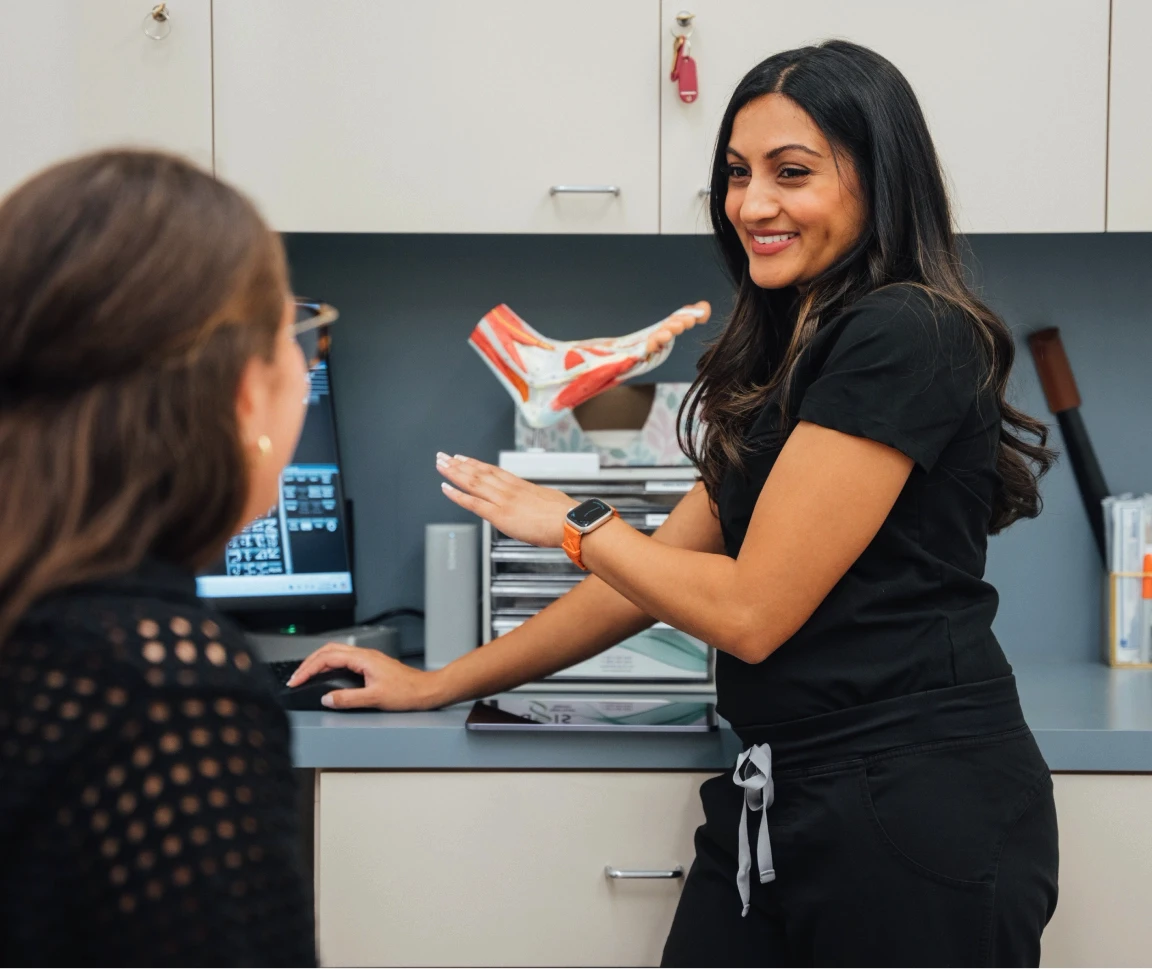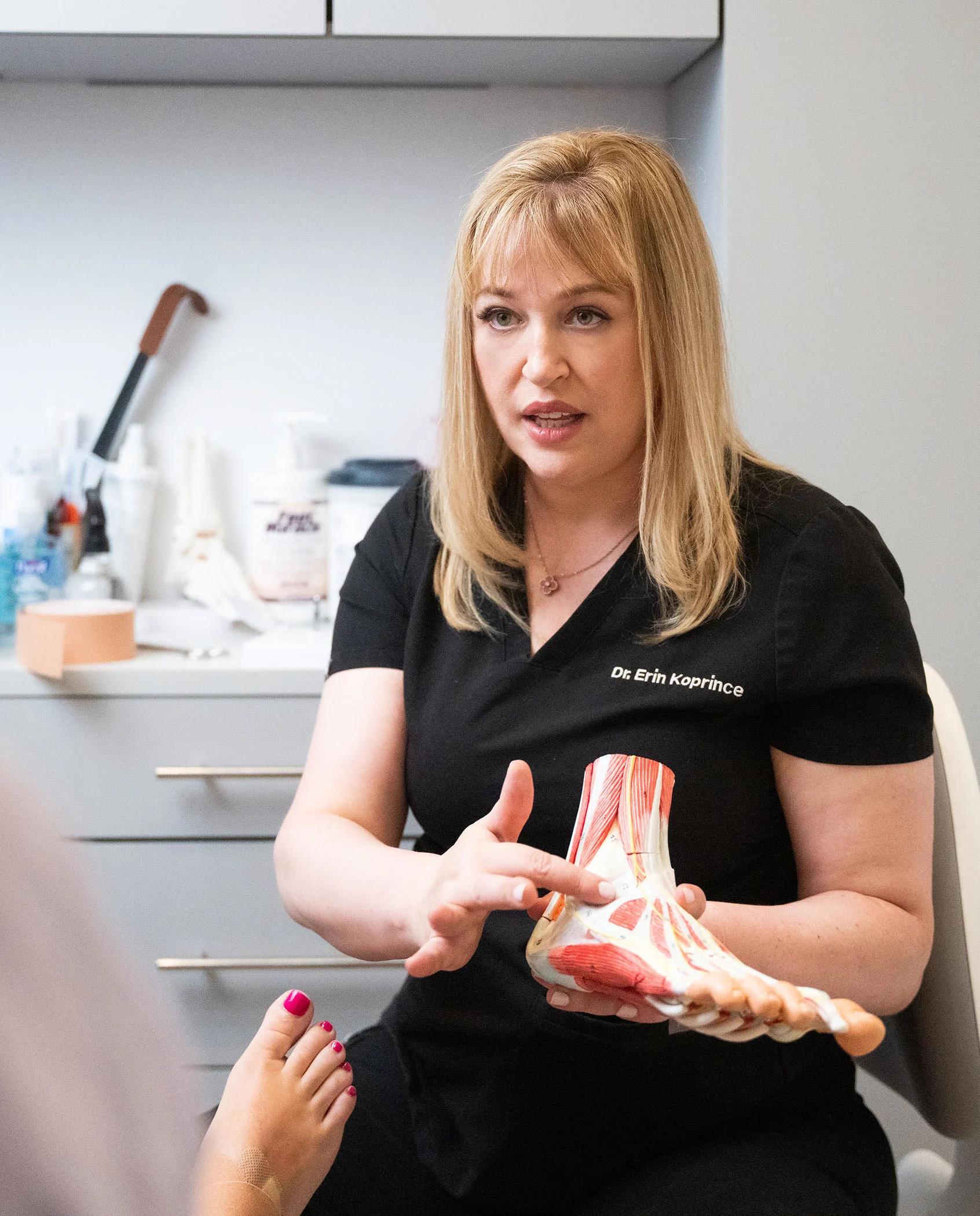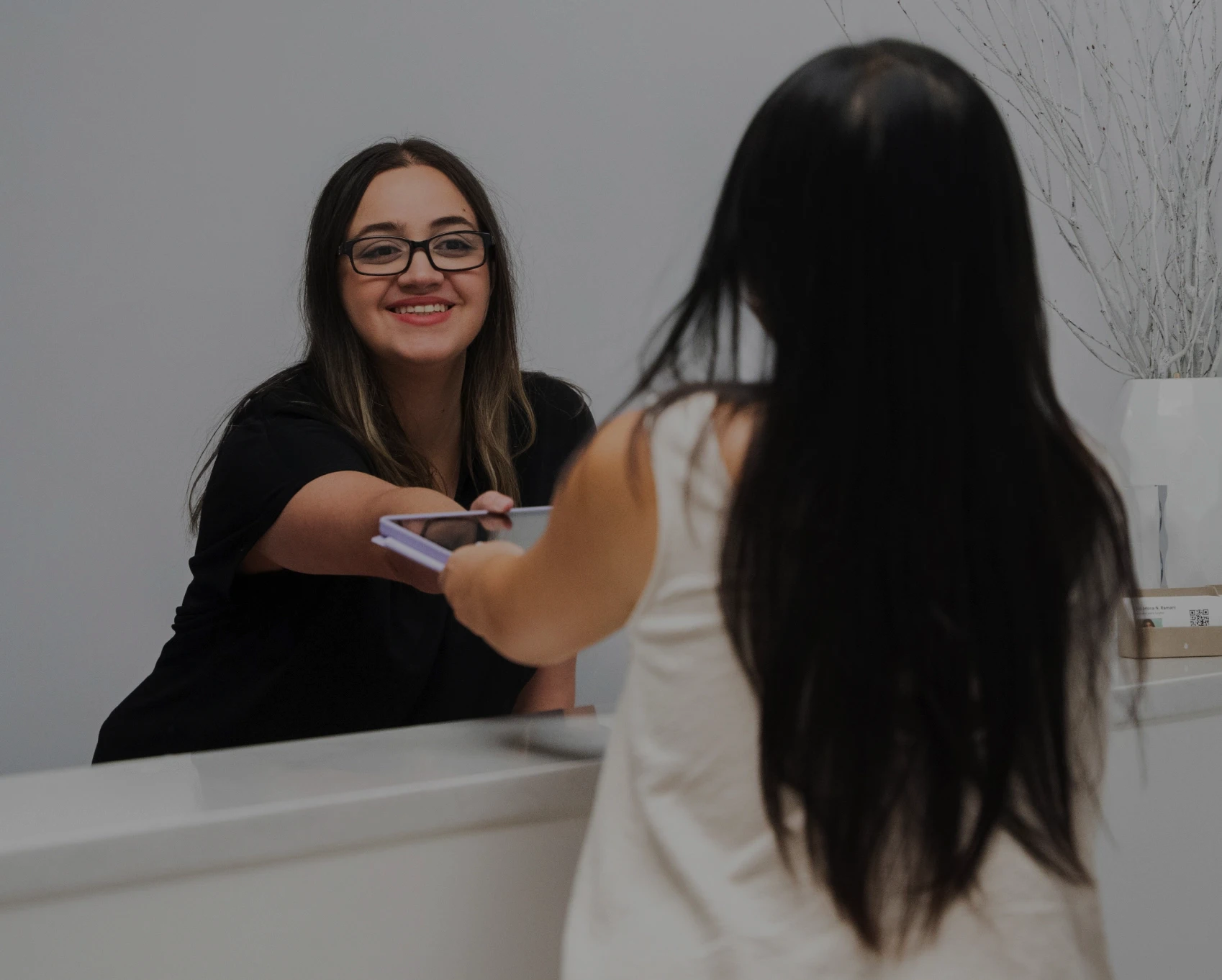Introduction to Cryotherapy
If foot pain is holding you back, cryotherapy might be just what you need. It’s a quick, non-surgical treatment that helps reduce pain and swelling so you can get back to doing what you love. Dr. Erin Koprince, Dr. Mona Ramani, Dr. Farah Naz, or our other skilled foot and ankle surgeons, and their team at AIRE Podiatry Studio in New York City use cryotherapy to target pain from conditions like neuroma, relieving you without downtime. It’s a simple way to help your feet feel better and keep you moving.






